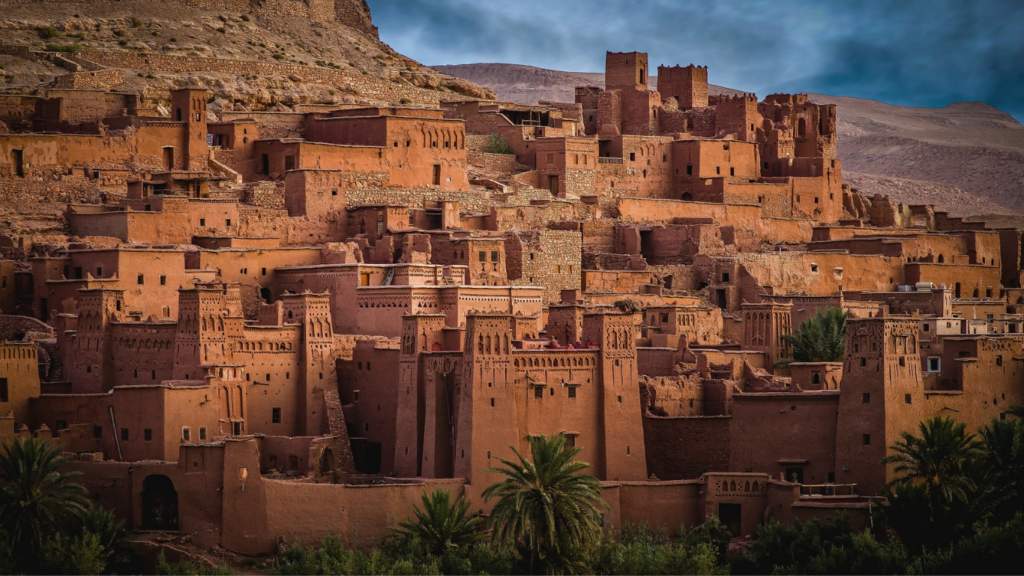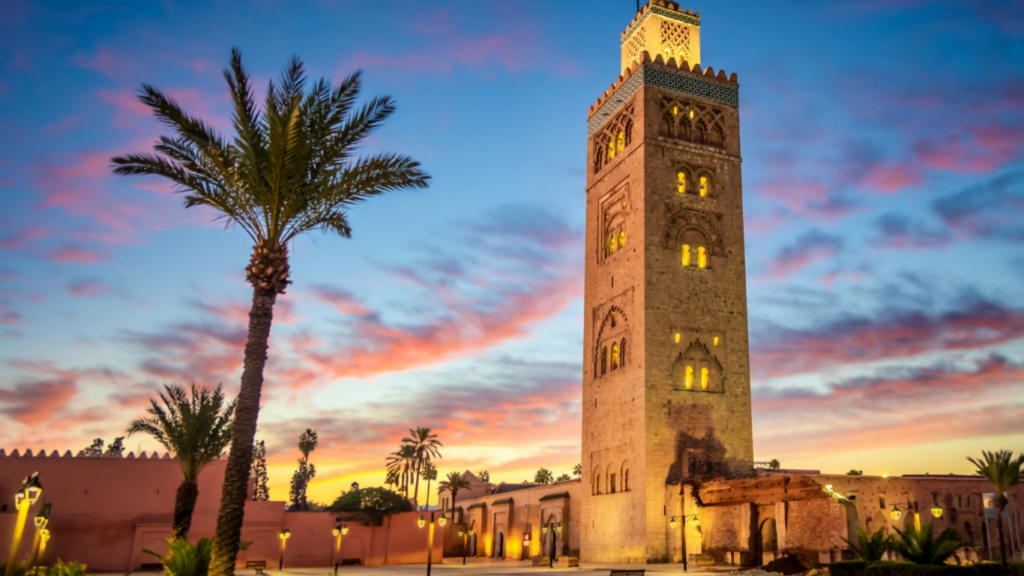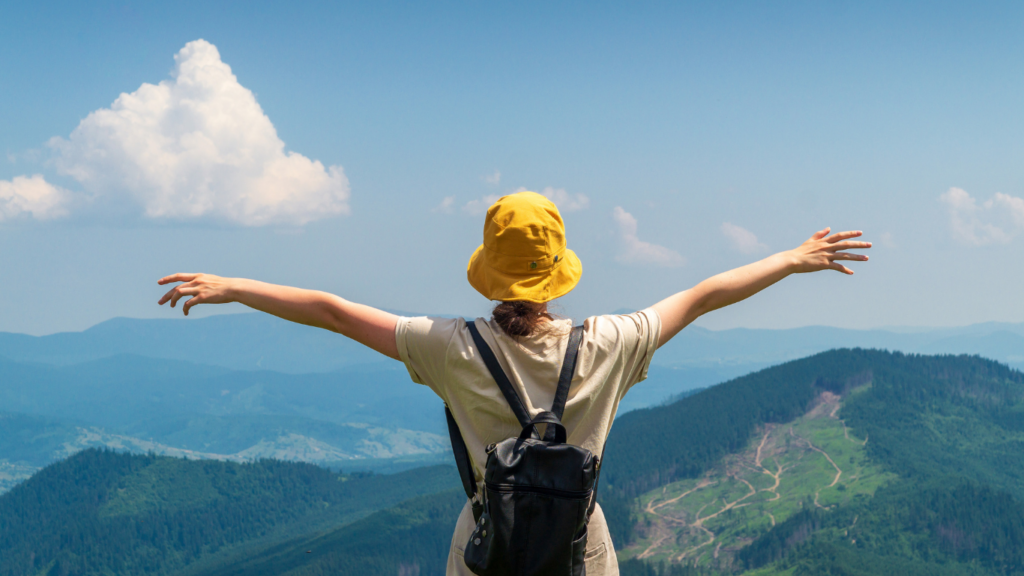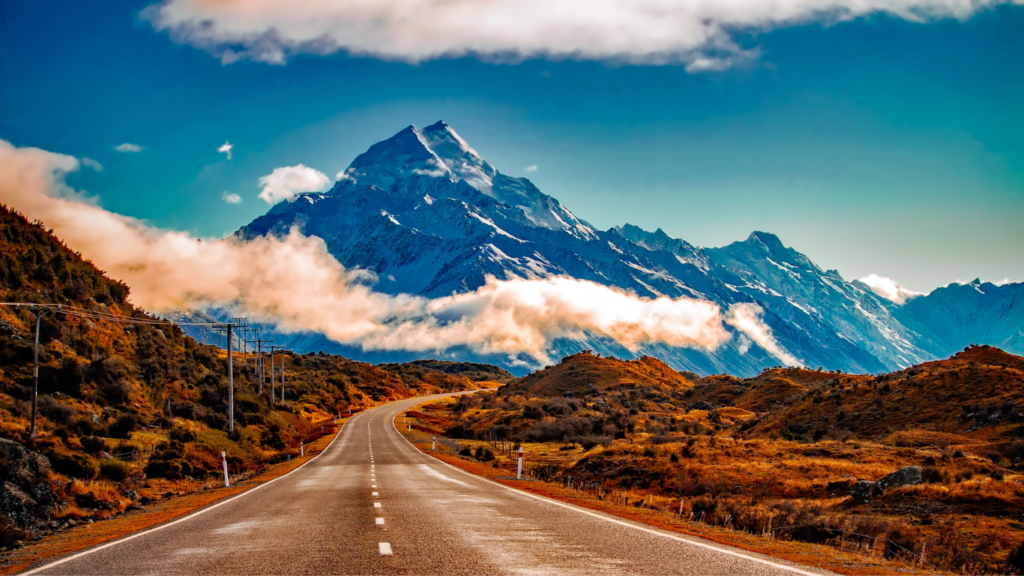Morocco is a land of breathtaking contrasts, where golden deserts meet azure coastlines. As I journeyed through this vibrant country, I was captivated by its diverse landscapes that seem to tell a story of their own.
From the sweeping dunes of the Sahara to the stunning shores of the Atlantic, each region offers a unique experience waiting to be explored. In this travel guide, I’ll share my insights on navigating Morocco’s varied terrains, uncovering hidden gems and must-see destinations along the way.
Whether you’re an adventure seeker, a culture enthusiast, or simply someone looking to soak in the beauty of nature, Morocco has something for everyone. Join me as we embark on an unforgettable adventure from desert to sea.
Overview of Morocco’s Landscapes
Morocco’s landscapes offer an impressive array of natural beauty, showcasing a rich tapestry of environments. From the arid expanses of the Sahara Desert in the southeast to the lush valleys and mountainous regions in the north, each area possesses unique characteristics.
- Sahara Desert: The Sahara features vast sand dunes, some reaching heights of over 500 feet. The Erg Chebbi and Erg Chigaga dunes are among the most famous, attracting adventurers seeking exhilarating camel treks and stunning sunset vistas.
- Atlas Mountains: The High Atlas range stands as Morocco’s tallest mountain chain, home to peaks soaring above 13,000 feet. The Toubkal National Park is a notable destination for trekkers, offering paths that lead to breathtaking panoramas and traditional Berber villages.
- Coastal Regions: Morocco’s Atlantic coast stretches for over 1,200 miles, presenting dramatic cliffs and serene beaches. Cities like Essaouira and Agadir are popular for their vibrant seaside cultures, water sports, and fresh seafood markets.
- Rif Mountains: The Rif Mountains showcase lush greenery and picturesque valleys, ideal for hiking and exploring hidden waterfalls. The region thrives with diverse flora and fauna, making it a haven for nature enthusiasts.
- Desert Oases: Scattered throughout Morocco’s deserts, oases like the Draa Valley offer crucial life and beauty. These fertile spots provide respite with palm groves and fresh water, and are often surrounded by traditional villages.
Urban Landscapes
Morocco’s cities, from the red-hued buildings of Marrakech to the blue walls of Chefchaouen, reflect the cultural diversity inherent in its landscapes. Urban exploration reveals stunning architecture and vibrant markets, enriching the travel experience.
Morocco’s varied terrains encourage diverse experiences, inviting travelers to immerse themselves in the beauty and culture of each unique landscape.
Exploring the Desert
Morocco’s desert landscapes offer a mesmerizing blend of beauty and adventure. The vast expanses of sand create a unique backdrop for travelers seeking unforgettable experiences.
Major Desert Regions
I find the Sahara Desert, particularly the Erg Chebbi and Erg Chigaga dunes, to be the most iconic regions. Erg Chebbi, with its towering dunes reaching up to 500 feet, provides excellent opportunities for camel trekking and sandboarding.
Erg Chigaga, more remote and less crowded, showcases the serenity of untouched dunes. The Sahara’s diverse ecosystems, including salt flats and rocky plateaus, contribute to its distinctive charm. Additionally, the small towns of Merzouga and Mhamid act as gateways for exploring these stunning landscapes, offering accommodations and guided tours.
Cultural Significance of the Desert
I appreciate the rich cultural heritage tied to Morocco’s desert regions. The Berber people, who have lived in harmony with the harsh environment for centuries, embody resilience and adaptability.
Their vibrant traditions, including music, dance, and handicrafts, reflect a deep connection to the land. Festivals such as the Merzouga Desert Festival celebrate this heritage, showcasing local culture through performances and art.
The desert also holds historical importance, serving as a trade route for centuries, linking different parts of Africa and facilitating cultural exchange. Through experiencing the desert, I engage with this rich tapestry of history and tradition.
Discovering the Mountains
Morocco’s mountains present stunning landscapes filled with rich culture and adventure. The High Atlas and Rif Mountains stand out, providing travelers with unique experiences amid breathtaking scenery.
The Atlas Mountains
The Atlas Mountains stretch over 1,500 kilometers and boast some of Morocco’s tallest peaks, including Mount Toubkal, which reaches 13,665 feet. This mountain range serves as a natural divide between the coastal plains and the Sahara Desert.
Its rugged terrain encompasses traditional Berber villages that invite interaction and exploration. Each village features distinctive architecture and offers insights into the Berber way of life. Travelers can witness striking landscapes, from arid plateaus to lush valleys, including the picturesque Ourika Valley.
This valley showcases vibrant colors and fertile farms, creating a breathtaking contrast to the surrounding mountains.
Outdoor Activities in the Mountains
Outdoor enthusiasts can find a wealth of activities within the mountains. Trekking remains a popular option, especially in Toubkal National Park, where trails offer various difficulty levels. I recommend embarking on a multi-day trek to experience the diverse ecosystems and panoramic views.
Skiing and snowboarding become viable in the winter months at Oukaïmeden, Morocco’s premier ski resort. For a quieter experience, consider canyoning in the Todra Gorge, where breathtaking rock formations provide a stunning backdrop.
Paragliding in the region also offers adrenaline-pumping opportunities to soar over the scenic landscapes. Camping at high altitudes enhances the experience, allowing for stargazing in Morocco’s clear night skies. Each activity connects visitors with the raw beauty and tranquility of the mountains, making them an essential part of any Moroccan adventure.
Journey to the Coast
Traveling from the desert to the coast reveals Morocco’s stunning transformation in landscape. The Atlantic coastline features vibrant cities, tranquil beaches, and rich marine ecosystems, making it an essential component of any Moroccan journey.
Key Coastal Destinations
I recommend exploring Essaouira, a UNESCO World Heritage site, known for its well-preserved medina and lively harbor. The city’s vibrant arts scene and fresh seafood attract visitors year-round. Agadir offers a different experience, with its modern beachfront resorts and lively nightlife.
In addition, Taghazout is a paradise for surfers, famous for its consistent waves and laid-back atmosphere. Small fishing villages, like Sidi Kaouki, provide a quieter escape with stunning beaches and breathtaking sunsets.
Each coastal city presents unique experiences, catering to adventure seekers, culture lovers, and relaxation enthusiasts.
Unique Marine Life
Morocco’s Atlantic waters host diverse marine life, offering incredible opportunities for snorkeling and diving. I find the National Park of Souss-Massa particularly noteworthy, where visitors can spot dolphins and sea turtles along with a variety of fish species.
The waters also feature rich ecosystems, like coral reefs, providing habitats for countless marine organisms. Birdwatching enthusiasts can observe migratory species at the lagoon in Imlil, highlighting the ecological significance of Morocco’s coastal regions.
Engaging with these environments not only enriches one’s travel experience but also promotes awareness of marine conservation efforts in the region.
Culinary Experiences Along the Journey
Exploring Morocco’s diverse landscapes also means indulging in its rich culinary scene. Each region offers a variety of flavors and dishes that reflect local traditions and ingredients.
Traditional Moroccan Dishes
Tagine, a signature dish, combines meat, vegetables, and aromatic spices, slow-cooked in a unique clay pot. The combination of flavors creates a comforting, savory experience. Couscous, often served with meat or vegetables, remains a staple in Moroccan cuisine, particularly during communal gatherings.
Harira, a hearty soup made with tomatoes, lentils, and chickpeas, is popular during Ramadan for breaking fast. Lastly, pastilla, a sweet and savory pie typically filled with pigeon or chicken and dusted with powdered sugar, showcases the intricate balance of flavors that typifies Moroccan cooking.
Regional Specialties
Each region of Morocco boasts its own specialties, shaped by local resources and cultural influences. In Marrakech, one might savor spicy kebabs grilled over open flames, complemented by fresh salads.
Coastal regions, like Essaouira, offer seafood dishes, such as grilled sardines, seasoned with local spices. The Rif mountains feature Berber omelets, made with fresh herbs and vegetables, reflecting the local agricultural richness.
Lastly, the Saharan regions highlight dishes using camel meat, often marinated and cooked slowly for tender results. Every meal offers a glimpse into Morocco’s incredible culinary diversity, inviting travelers to savor authentic flavors during their journey.




